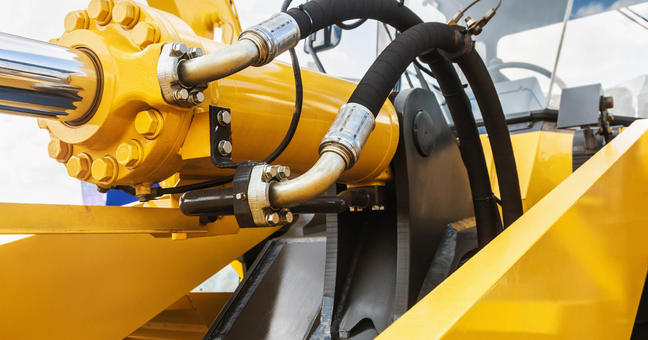Pneumatic tools and hydraulic tools are two of the most functional and widely used tool categories utilized for producing mechanical actions. Some of the top pneumatic equipment and tools include air brakes, air compressors, air guns, pneumatic cylinders, pneumatic sensors and vacuum pumps. Heavy equipment used in construction work is the best example of hydraulic tools. Find more about hydraulic equipment suppliers here.
While comparing the two categories, there are advantages of pneumatic tools that hydraulic tools lack and the other way round. Learn how to highlight this contrast from the following sections.
Comparison among Basic Operations
Pneumatic tools make use of compressible gases which may include compressed air or compressed inert gases; while the working of hydraulic tools and equipment is based on incompressible liquids. It is important to note that each of these range of tools use the principle of fluid power in the opposite manners.
Usual Pressure Range
Pneumatic equipment are required where relatively lesser pressure is required. These tools and equipment use pressure that usually extents from 80 to 100 pounds per square inch. On the other hand, hydraulic devices use much greater pressure that may exceed up to 10,000 pounds per square inch. This is the reason that hydraulic tools are able to support heavy weight construction tasks and other similar applications.
Simplicity, Control and Storage
As obvious, pneumatic tools are simpler designs as compared to hydraulic equipment. Moreover, they are easier to control, have simpler operations and require little space to store.
Reliability and Usage Terms
Hydraulic equipment tends to damage time and again due to the types of applications they are involved in; hence demand more maintenance than their pneumatic counterparts. Moreover, incompressible fluids are difficult to control as compared to the compressible ones. Both pneumatic and hydraulic equipment can last for up to 15 years if maintained properly.
Noise Level
Pneumatic tools create greater noise in comparison to hydraulic equipment that is quieter in operation. The reason could be the applications for which these two sets of tool are used.
Operating Conditions
Hydraulic tools can be used in different types of environments like in different temperature ranges and even under water; while pneumatic tools won’t work at sub-zero temperatures, and fail to perform under water.
Price Comparison
Hydraulic equipment have higher initial costs in comparison with the tools based on pneumatic technology. However, the overall costs are determined by the efforts made for the maintenance of these tools.
The comparison shows the type of applications and environments for which pneumatic tools or hydraulic equipment work.
Read and find out more about oilfield equipment suppliers and equipment here.
 Real Estate Laws: Insights From Expert Legal Counsel
Real Estate Laws: Insights From Expert Legal Counsel  Simple Steps For Effective Car Detailing
Simple Steps For Effective Car Detailing  Pop-Up Shops Vs Permanent Kiosks: Which Is Right For You?
Pop-Up Shops Vs Permanent Kiosks: Which Is Right For You? 